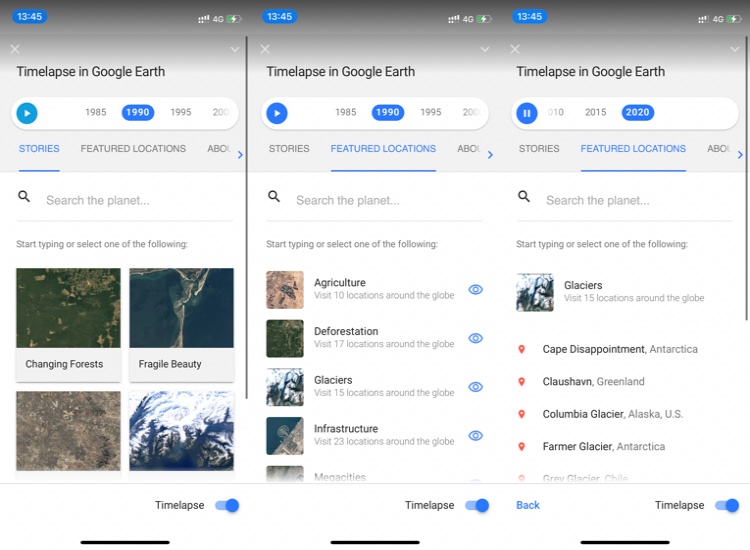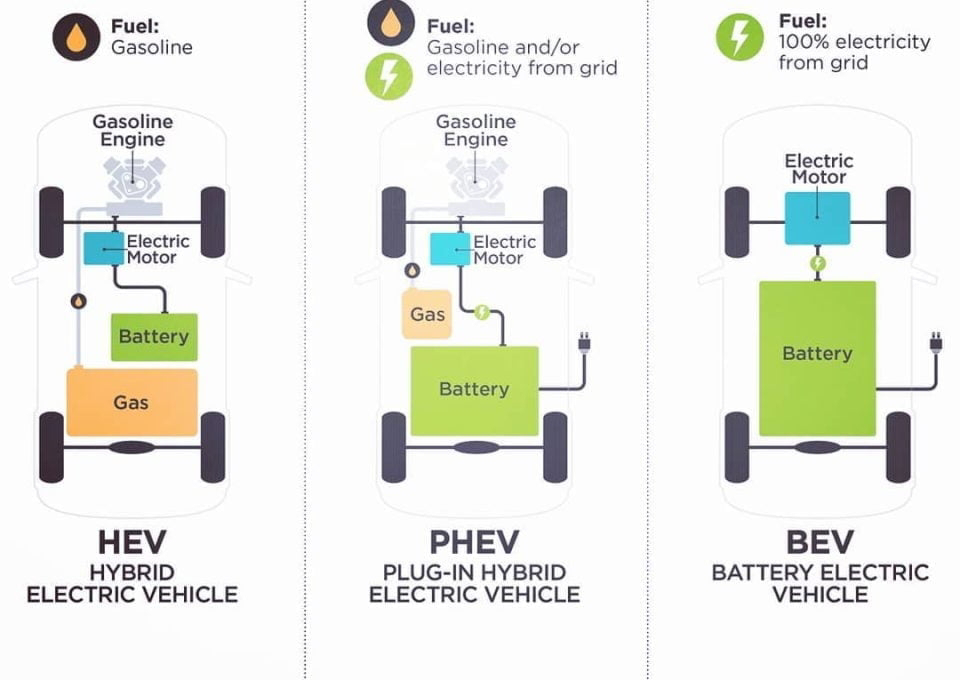How To Watch Time-lapse In Google Earth: Largest Video On The Planet!
On the contrary, the meltdown of the Columbia glacier will prove that global warming and climate change are no joke. Time-lapse is definitely an amazing feature with a lot of potential. It can be put to good use to understand the shifts we’ve had in the past and to make better ones in the future. I believe there were some people who already had access to such imagery, but Google Earth just put it in everyone’s reach, which means more people can see it and educate themselves on the changes in our planet.






Comments
Post a Comment